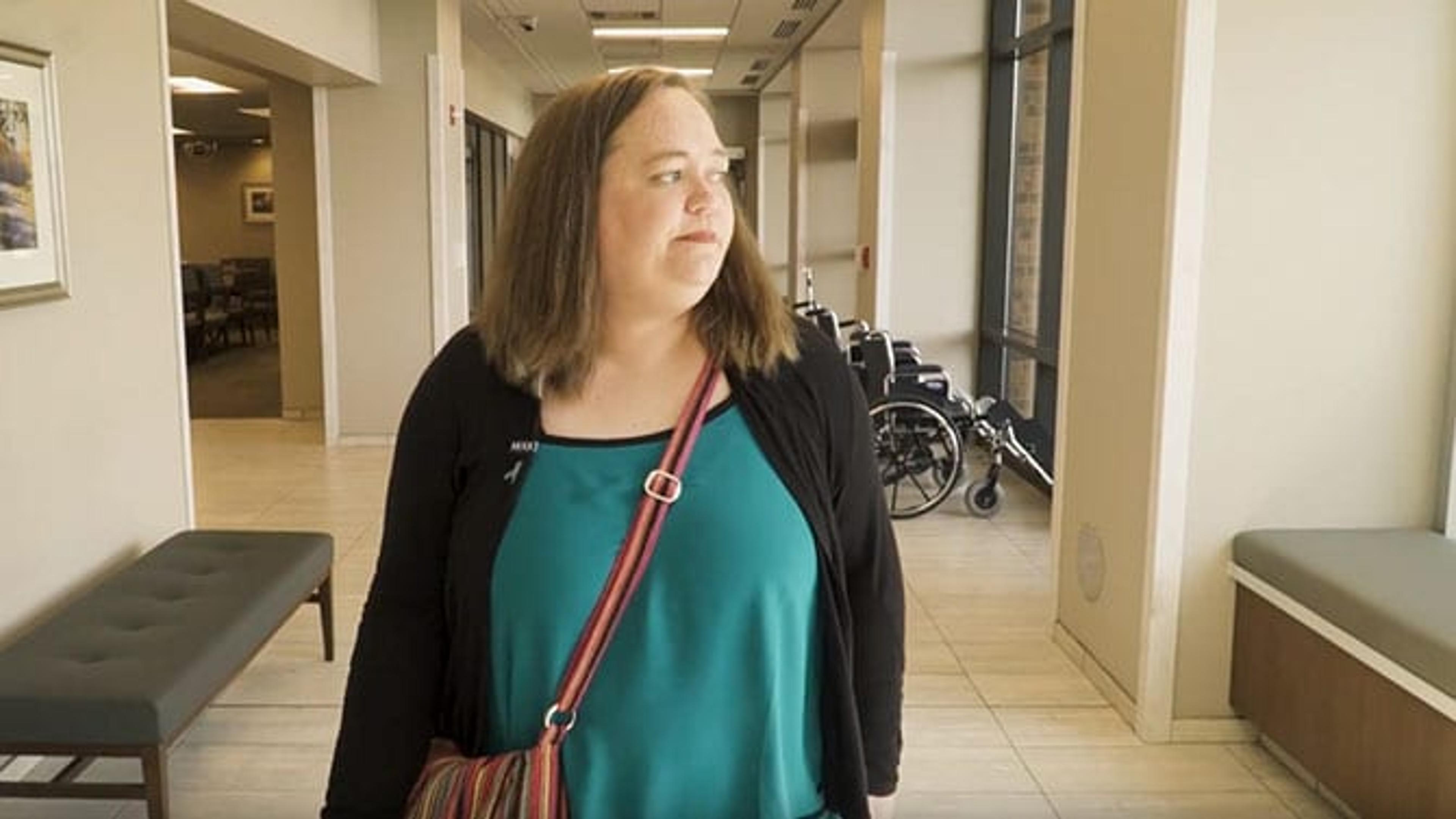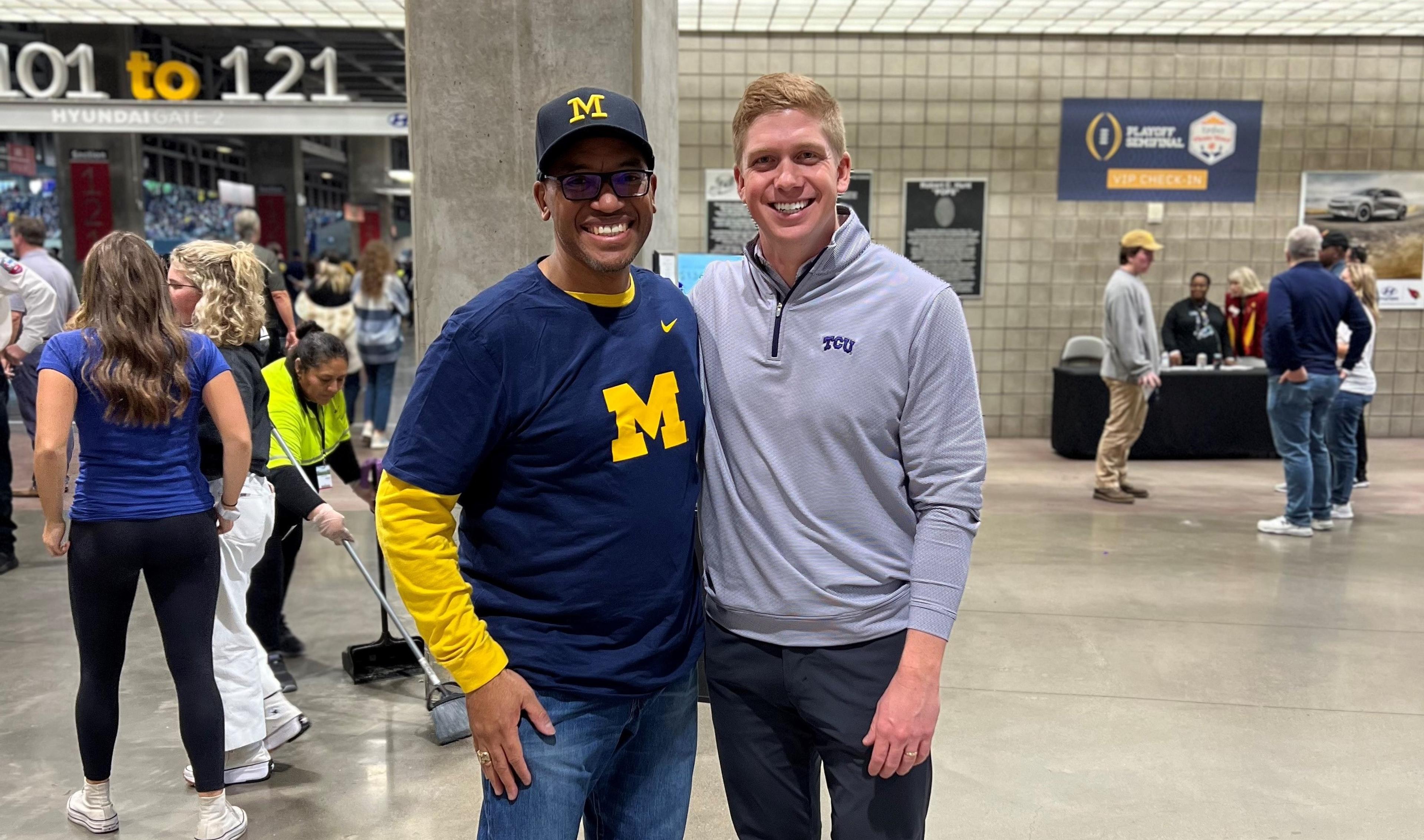Lessons From a Crash Course in Patient Safety

Angela Hernandez
| 4 min read

At 29-years-old my experience with the health care system was minimal. Aside from a tonsillectomy and a broken wrist from my childhood, the only time I’d been in a hospital was to be with my grandmother when she passed. But that all changed nearly two years ago when my father was diagnosed with Stage IV hepatocellular carcinoma at age 63.
He’d gone into the emergency room feeling sick with cold chills and swelling in his hands and abdomen. I met my family at the hospital that night, expecting he’d eventually be discharged with orders to follow up with his doctor about managing his diabetes.
Our family dog Jack made a surprise visit during one of dad's hospital stays when going outside wasn't an option due to safety concerns. (Courtesy photo)
Unfortunately, that was not the case. I unknowingly enrolled myself in a whirlwind crash course of health care 101 and how to be a patient safety advocate.
Countless providers including nurses, internists, oncologists, cardiologists, radiologists and physician assistants at two different hospital systems cared for my father during his illness. We received great care at both hospitals. But as with anything there is always room for error – even among the best and brightest in their fields.
Doctors are humans too, of course. According to the Institute for Healthcare Improvement, 41 percent of Americans say they have experienced a medical error in their own care or in the care of a close relative or friend.
My dad lost his battle with cancer a short six weeks after his diagnosis. Despite losing dad, I am grateful for the time we had together both in the hospital and at home in hospice care.
Here are a few lessons I learned about patient safety during this difficult journey:
- Keep your own copies of medical records handy. Unfortunately, not all hospitals use the same electronic medical records (EMR) system. While your records can be sent via fax, those requests can take time – something that can be of the essence when making care decisions. We always kept a binder with printed copies of all my dad’s records with us. I also went to the hospital where his CT scan was performed and got printed copies of the scans as well as CDs of the imaging. There are small fees involved in getting copies of these records, but my family was willing to pay for the reassurance we had all of dad’s information at our fingertips.
- Take notes during every doctor interaction. My dad spent time in many different units of the hospitals he was in, which meant several teams of doctors had a hand in his care. Each team consisted of anywhere from five to eight different doctors, residents and medical students within a certain specialty, and each team performed rounds several times a day. We quickly learned not to let a provider leave the room before confirming we understood what their takeaways and next steps were. I always kept a small pocket-sized notebook on me to write down the names of the doctors, tests and medications dad was receiving, which was helpful when it was clear the doctor’s hadn’t had a chance to connect with one another yet. We also used iPhone voice memos to record conversations when it came time to make important decisions.
- Understand your insurance coverage before you need it. We used the Blue Cross member portal to keep track of all the claims being billed to dad’s health insurance plan throughout his hospitalization. It helped us understand what the out-of-pocket costs would be. Thankfully, of the nearly $90,000 in hospital claims over the course of dad’s illness, the majority of it was covered by his employer-sponsored health plan through Blue Cross.
- You are your best advocate. Being poked, prodded and constantly questioned is the nature of being in the hospital. But I eventually learned that some things, like having dad’s vitals checked at 3 a.m., could be negotiable when rest was more important for his healing. The best doctors we worked with were those who took time to understand my dad’s case entirely, including who he was as a person – not just another patient. Not every provider takes that approach, so you must always be the best advocate you can be for yourself or your loved one. If something seems off or doesn't feel right, speak up.
Patient safety is everyone’s responsibility. Great progress has been made to improve safety, quality and outcomes, but there is still work to be done. Check out some of the ways Blue Cross Blue Shield of Michigan is advancing patient safety efforts through its support of the MHA Keystone Center and Value Partnerships efforts.
If you found this post helpful, you might also want to read:
- Tips for Staying Safe During Hospital Visits
- How BCBSM is Reining in Health Care Costs and Improving Patient Outcomes
- Everything You Need to Know About Your Health Care Plan - At Your Fingertips
Photo credit: Pexels





